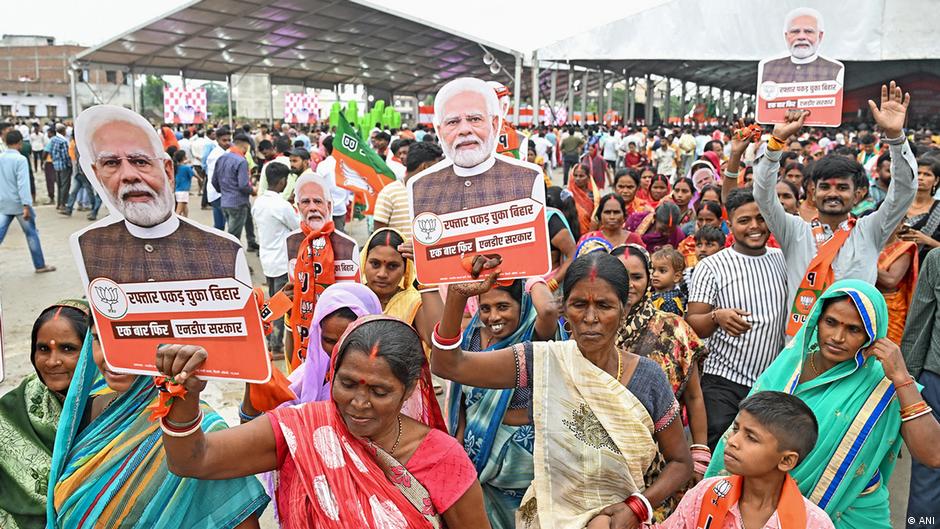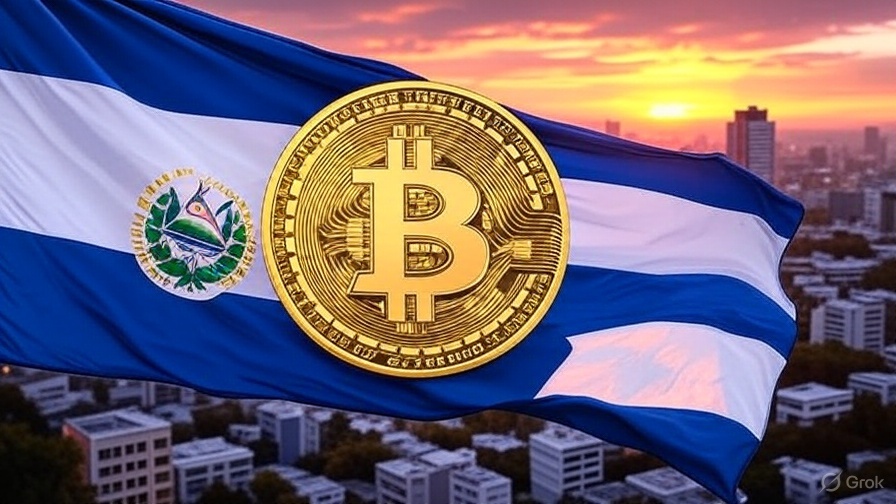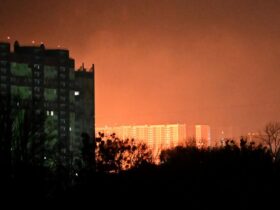Indian Prime Minister Narendra Modi’s party and its regional allies are projected to win the largest number of seats in the state election in the eastern state of Bihar, according to early trends.
The trends are not certain but the state elections are being closely watched as it gives insight into the level of support for an Indian leader and his party.
Modi’s party, the Bharatiya Janata Party (BJP), suffered a setback in the 2024 national elections when the party was not able to secure an absolute majority.
BJP won the support of other parties and formed a coalition government under the leadership of Modi. But the BJP then managed to garner support in the regional elections.
Modi is keen to maintain that momentum as the BJP goes to polls in three key states, Uttar Pradesh, West Bengal and Assam, over the next two years before national elections in 2029.
What to know about Bihar elections?
According to the Election Commission of India, Bihar state elections were held in two phases on 6 November and 11 November and saw a historic voter turnout of 66.91%.
This was the highest turnout recorded in the state since 1951, with more women voting than men. A total of 74 million were eligible to vote.
Bihar is one of India’s poorest states, and women are an important voting constituency as men migrate to other states and metros in search of work.
Unemployment is a big issue, the parties contesting the elections have promised to create lakhs of jobs.
In September, Modi took a step to appeal to women voters, giving cash transfers of 10,000 Indian rupees ($113) to each of 7.5 million women as part of an employment program.
In the state elections, the opposition has accused Modi’s party of manipulating the voter list.
Bihar has a major influence on national politics with a population of about 131 million people, about a quarter of whom are between 18 and 29 years of age.
Which parties are competing for votes?
While there were more than 10 political parties contesting 243 assembly seats – with 122 seats breaching the majority mark – the main competition has been between the two main alliances.
The BJP alliance, with Janata Dal (United), popularly known as JDU, as its major regional partner, and the main opposition alliance, which includes the Indian National Congress, have partnered with some other regional parties.
There is also a third party in the fray, led by political strategist-turned-politician Prashant Kishor, who is credited with helping Modi win the election in 2014.
In the last assembly elections in 2020, the BJP and its alliance won a majority of seats to form the state government, including JDU’s Chief Minister Nitish Kumar.
Bihar sends 40 out of 543 representatives to the lower house of the Parliament. Analysts say a victory in the state could strengthen Modi’s coalition, which is dependent on parties like JDU to form the government at the national level.
Edited by: Kieran Burke






Leave a Reply